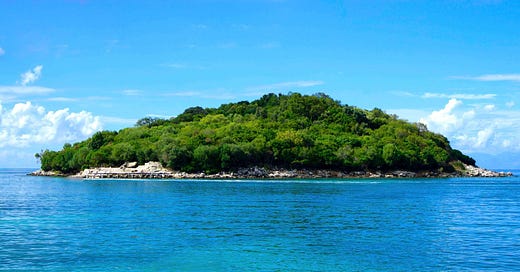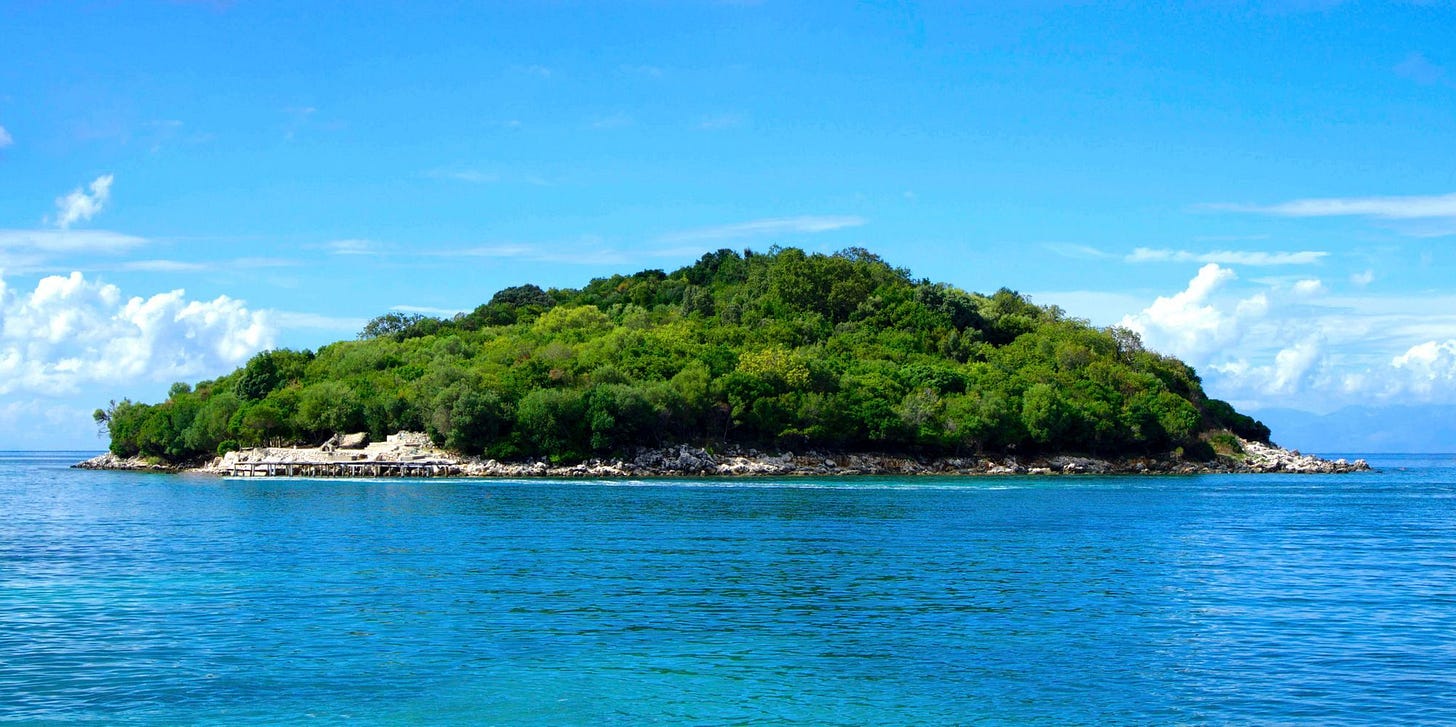The novella I'm working on takes place on an island and I've been trying to work out some of the worldbuilding for it. The whole time I was doing the research I couldn't get Michener's Chesapeake out of my head. I had to read it in school because it covers the Chesapeake Bay region in exhaustive detail.
Quick Facts
Sighting land is easier from land than w…
Keep reading with a 7-day free trial
Subscribe to Manuscriptions to keep reading this post and get 7 days of free access to the full post archives.



